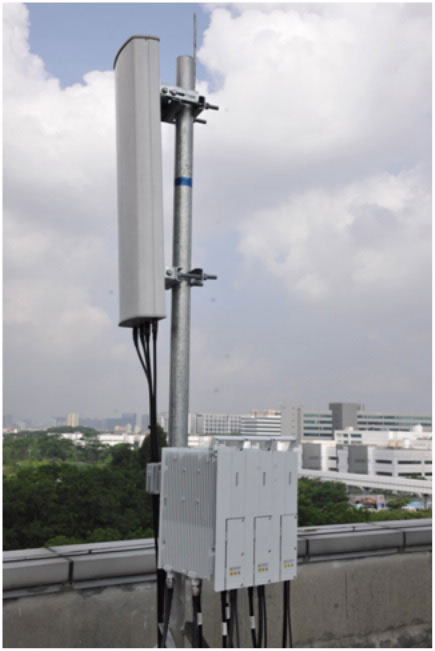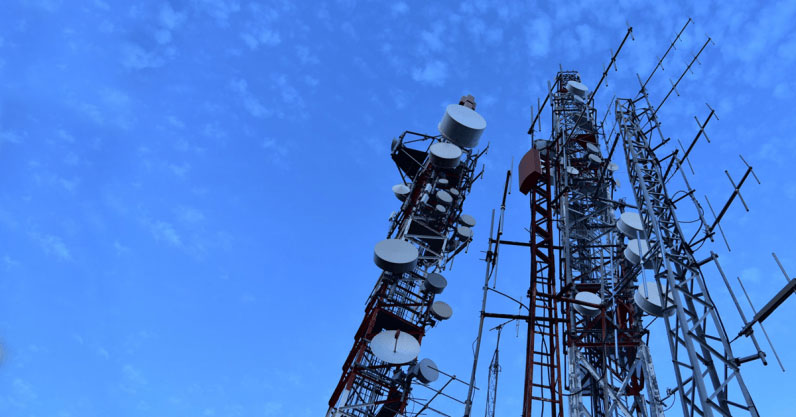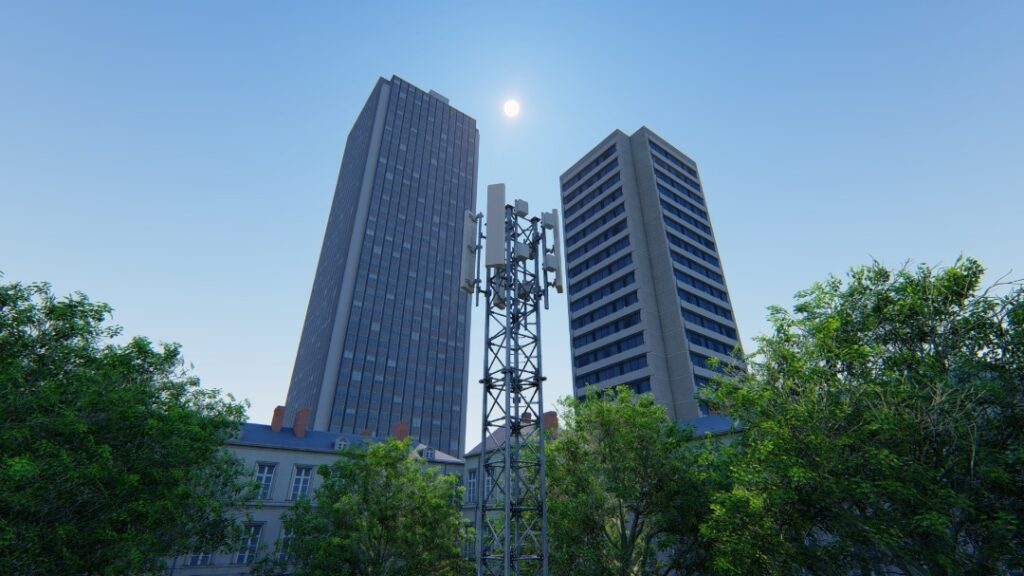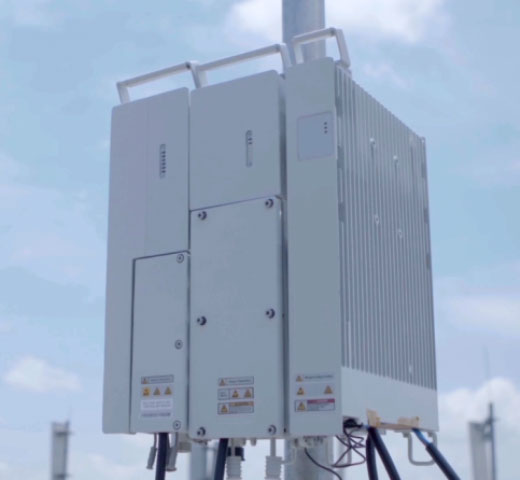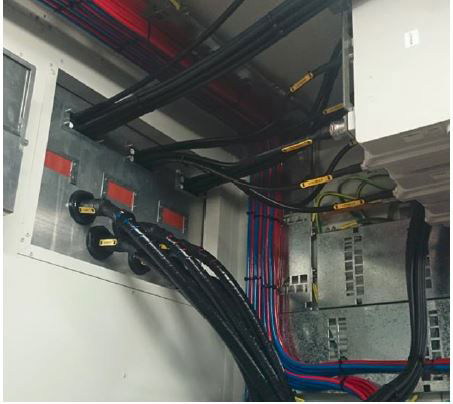Rooftop antenna structures are vital for ensuring robust network performance and coverage, especially in urban environments. These structures must be designed with precision to withstand environmental challenges and support high-performance communication. In this blog post, we’ll explore the key aspects of designing rooftop antenna structures for optimal performance and reliability.
Body: Rooftop antenna structures provide a strategic advantage for telecom networks, enabling enhanced coverage and capacity without the need for extensive ground-based infrastructure. However, designing these structures requires careful consideration of various factors to ensure they meet performance and safety standards.
Key Considerations:
- Structural Integrity: Ensuring the rooftop structure can support the weight and wind load of the antennas and related equipment is crucial. Materials and construction techniques should be chosen for their durability and strength.
- Site Assessment: Conducting a thorough site assessment helps identify the best location for the antenna, considering factors like line-of-sight, potential obstructions, and ease of access for maintenance.
- Compliance with Regulations: Adhering to local building codes and telecom-specific regulations is essential to ensure safety and legal compliance.
- Interference Management: Proper planning and placement help minimize interference with other antennas and electronic equipment, ensuring clear signal transmission.
- Weather Resistance: Designing the structure to withstand extreme weather conditions, such as high winds, heavy rain, and snow, is crucial for maintaining performance.
Best Practices:
- Use of Advanced Design Tools: Utilizing advanced software tools helps in creating precise and efficient designs that optimize performance and durability.
- Modular Design: Implementing modular designs allows for easy upgrades and maintenance, ensuring the structure can adapt to future needs.
- Regular Inspections: Scheduling regular inspections and maintenance ensures the structure remains in good condition and operates at peak performance.
Use Cases:
- Urban Environments: Rooftop antennas are ideal for providing high-quality coverage in densely populated areas where ground space is limited.
- Commercial Buildings: Enhances connectivity for businesses, ensuring reliable communication for daily operations.
- Residential Areas: Supports improved network performance for residential users, providing better internet and mobile services.
Conclusion: Effective rooftop antenna structure design is critical for optimizing network performance and reliability. By considering structural integrity, site assessment, regulatory compliance, and weather resistance, telecom operators can ensure their rooftop antennas deliver high-quality service.

